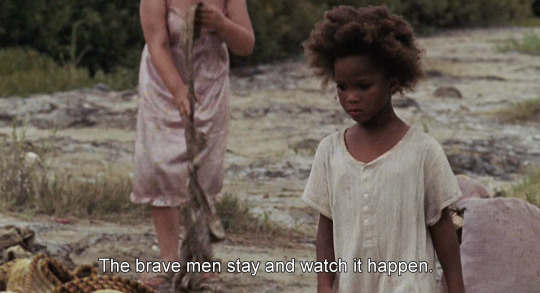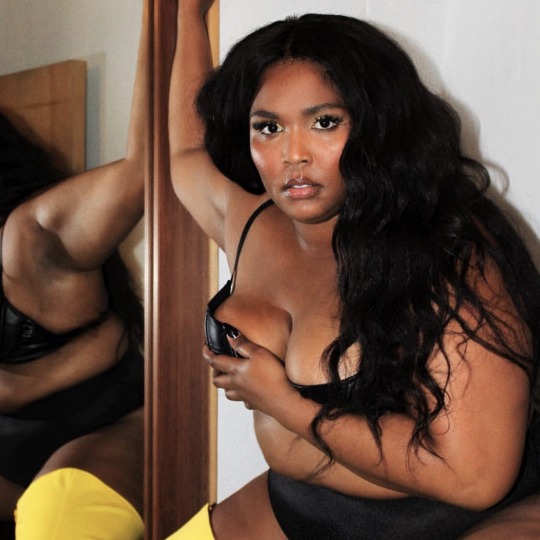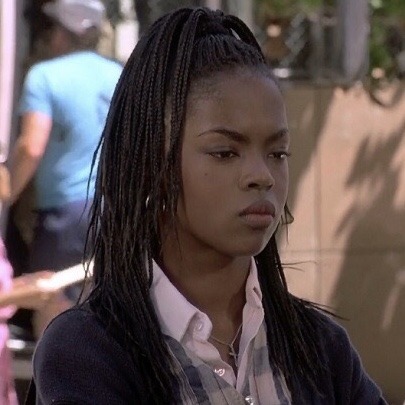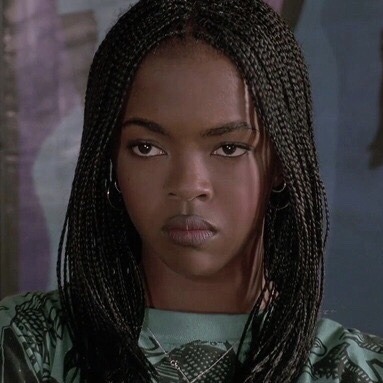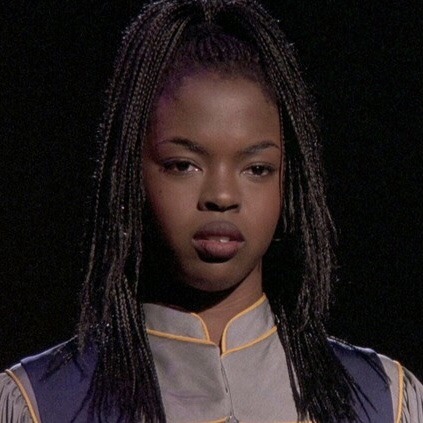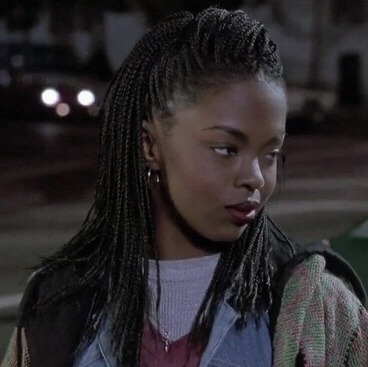Text
Pitchfork’s Album Review on “Embrya” by Maxwell

“ The reissue of Maxwell’s second album from 1998 showcases the mercurial spirit that followed the R&B auteur down new, aqueous corridors.
In 2011, during the filming of his “VH1 Storytellers” episode, Maxwell attempted to describe his second album, 1998’s Embrya, and its uneasy position in his discography, the way it wriggles away from the more concrete and clarified R&B statements that surround it. “It’s one of those records where you’re like, ‘Should I have done that or should I have not done that record?’,” he said, seeming to pose the question to his own audience.
When Maxwell arrived on radio and MTV in 1996, he brought a sound back with him, the quietly storming soul music of the late-’70s and early-’80s, a genre that could hover politely in the air between neighbors at a cookout or totally collapse the air between two people in a bedroom. His debut, Maxwell’s Urban Hang Suite, modeled itself after records like Marvin Gaye’s I Want You, linked sequences of seduction that either blossomed toward or shrank away from the possibility of love; it eventually sold two million copies and earned Maxwell a Grammy nod.
Now he wanted the sound he had pulled from the past to follow him and bend around whichever corner he turned. As he told the Sydney Morning Herald in 2016, “What I did with [Embrya], on purpose, was that it was the anti-Afro ’70s funk-soul record.” He resisted the notion that his music could be pinned down and examined, and he seemed to want to write music that could circulate forever, that slipped away from any attempt to capture it, like a wave of water or an anxious thought. The songs he wrote for Embrya respond to this inner stubbornness, loosen themselves from their points, spread and pale like watercolors. It was as if had he had opened a window in his urban hang suite and the ocean poured in.
Made primarily as a reaction to his own debut album, Embrya has few previous models for its itself. It is the only R&B record I’ve ever heard that’s submerged as it is. (Even the Sade records that producer Stuart Matthewman worked on periodically come up for air.) At an hour long, it spills itself across four sides of vinyl on its new reissue, released on the occasion of the album’s 20th anniversary. It can be difficult to focus on its individual hooks; they rear up and break apart like waves in bottomless lakes of songs. Flamenco guitar solos ripple and die off like pulses on a radar screen. Strings stir and resettle like clouds of silt at the bottom of an aquarium.
There’s simply not enough water metaphors on this green earth to describe Embrya. This is by design; few R&B albums, let alone albums in general, embody the liquid rush of desire as completely as it does. Maxwell’s piercing tenor is double-tracked so often that even its edges seem watery, and his lyrics crumble from the direct romanticism of Urban Hang Suite into impressions and feelings that aren’t necessarily certain of what they are; he sings words like “plush” and “blush” almost interchangeably, and they melt away in pale petals of near-meaning.
As each song wades gradually from chord to chord, it grows harder to determine one’s position in them, whether at their middles or near their ends or slipping away into new, just-forming instrumentals, as when “Matrimony: Maybe You”—a pop-jazz track smooth and untroubled as the skin of a pebble—narrowly forks into a funk workout called “Arroz con Pollo.” Which isn’t to suggest the sound of the album is uniform; its songs are as various and vivid in their depth charges of color as Monet’s “Water Lilies,” which he painted as his vision was failing and the world itself was melting into streaks of color. There are indeed verses and choruses on Embrya; there’s a deep mysterious pull in the groove of “Luxury: Cococure” from which the chorus seems to bubble upward. “Drowndeep: Hula” is one of Maxwell’s tenderest yet murkiest ballads; if its drumbeat were a little slower and dilated it might’ve produced an early draft of Massive Attack’s “Teardrop” instead. “Gravity: Pushing to Pull” finds Maxwell descending to a pressurized depth, his voice riven with low distortions. But as Embrya advances it can feel just as often like a lens is dwelling over different gatherings of sound—hands swimming up the keys of a synthesizer, basslines played so flexibly they’re invertebrate—briefly snapping them into focus before they sink back into the texture of the record.
In this way Embrya somewhat foreshadows D’Angelo’s 2000 masterpiece Voodoo, both artists searching for something even beyond the outer limits of their debut albums, both records achieving something close to perpetual motion in the slow circulation of their grooves. But where Voodoo stretches time out until it’s crisp and brittle, Embrya’s time feels thick and immeasurable and seems to pass in gradual stirrings, the liquid counterpoint to Voodoo’s spare, desiccated funk. It’s an album of traceless, amnesiac swellings, never seeming to quite know where it’s going or where it’s just been, flowing without ever seeming aware of its flowing, which is its truly remarkable achievement. According to Maxwell, Embrya is “a story that unfolds,” but it’s impossible to pick up a single thread of it and follow it to its original source; it’s all source, a concept album in which there is no concept, just feelings, impressions, intimacies and their absences, wave after wave after unending wave of them.”
Original review
9 notes
·
View notes
Text
"may yo seasons be
long with endless green streets and
permanent summer legs."
-Sonia Sanchez
0 notes
Photo
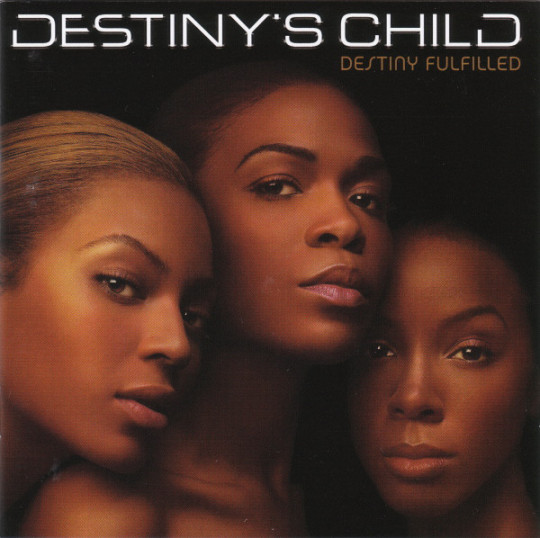




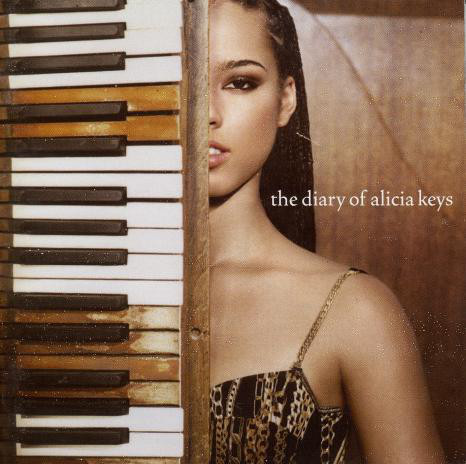



album covers colors series [5/8]
Brown is a natural color that evokes a sense of strength and reliability. It’s often seen as solid, much like the earth, and it’s a color often associated with resilience, dependability, security, and safety. Brown can also create feelings of loneliness, sadness, and isolation.
3K notes
·
View notes
Text

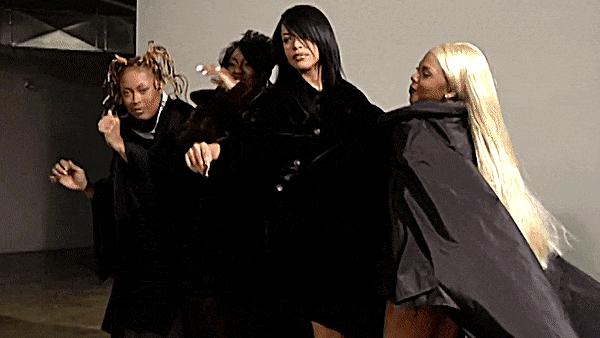

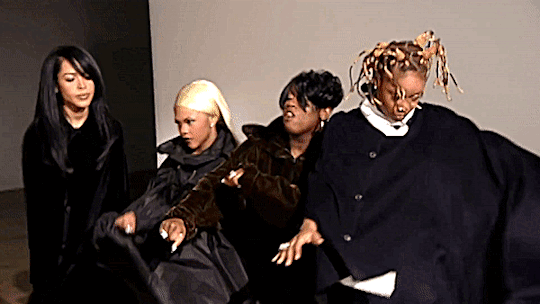


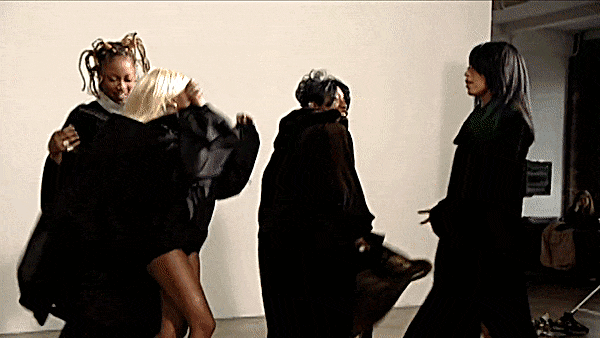


Aaliyah, Da Brat, Missy Elliott & Lil' Kim for ELLE Magazine (1999)
940 notes
·
View notes
Photo

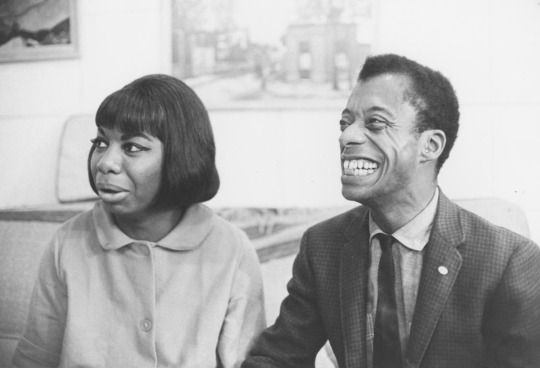
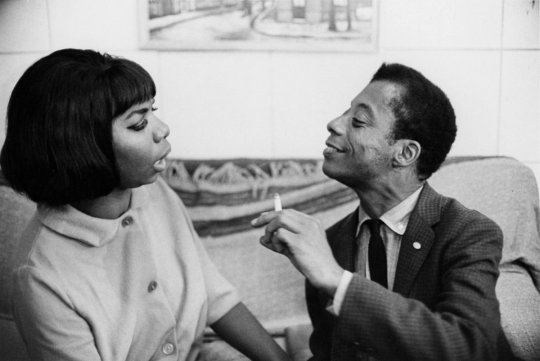
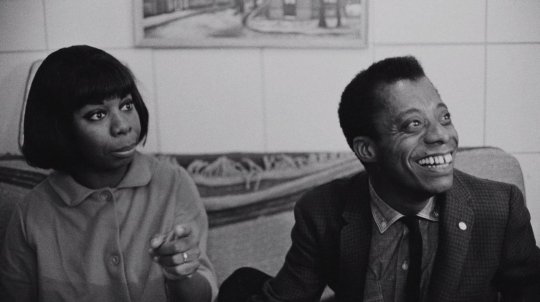
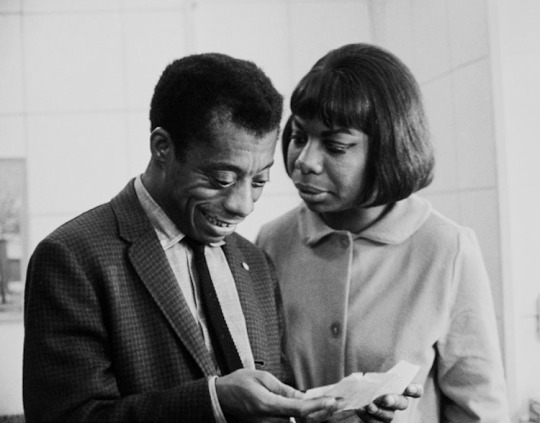
Nina Simone and James Baldwin photographed by Bernard Gotfryd in the 1960s.
15K notes
·
View notes
Text
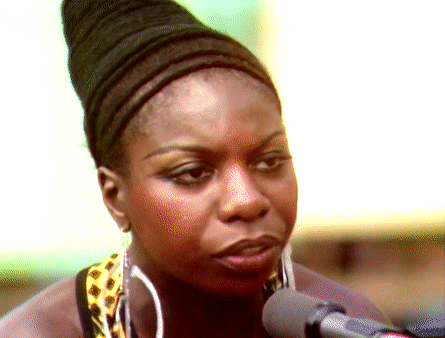

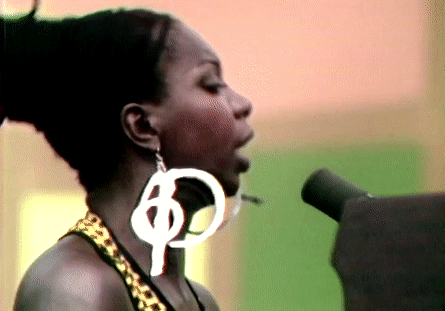

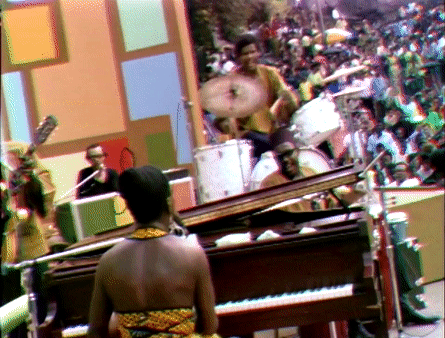


Nina Simone at the Harlem Cultural Festival in 1969; Summer of Soul (2021) dir. by Ahmir "Questlove" Thompson
8K notes
·
View notes
Text
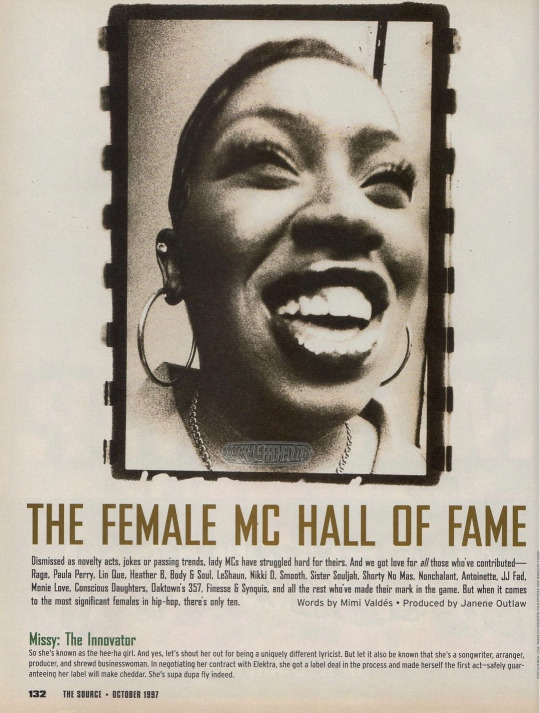
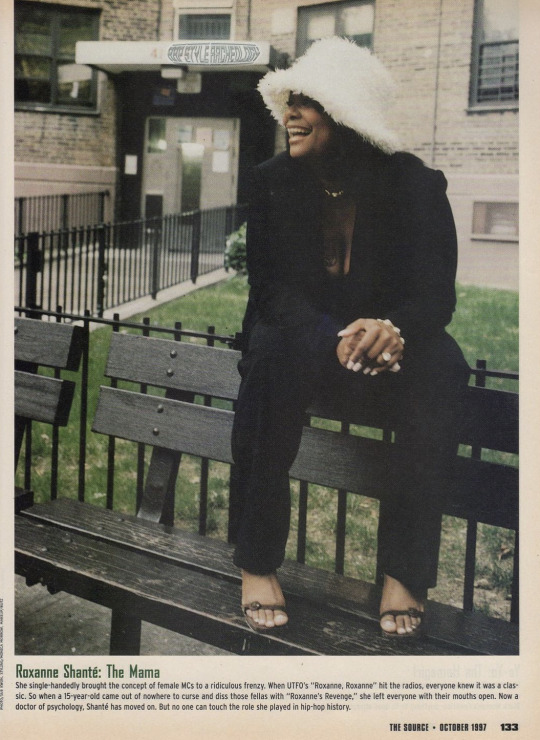
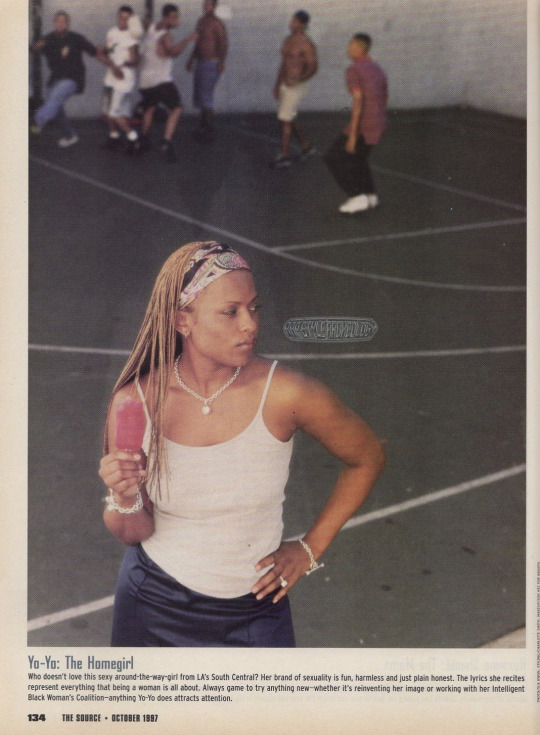
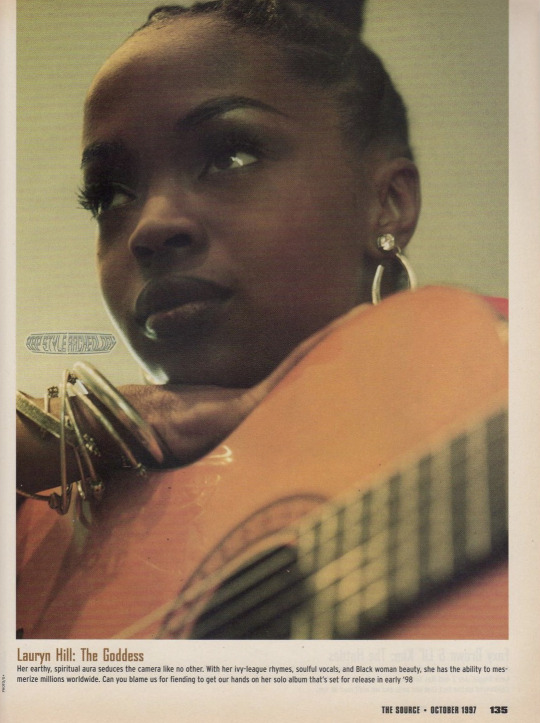
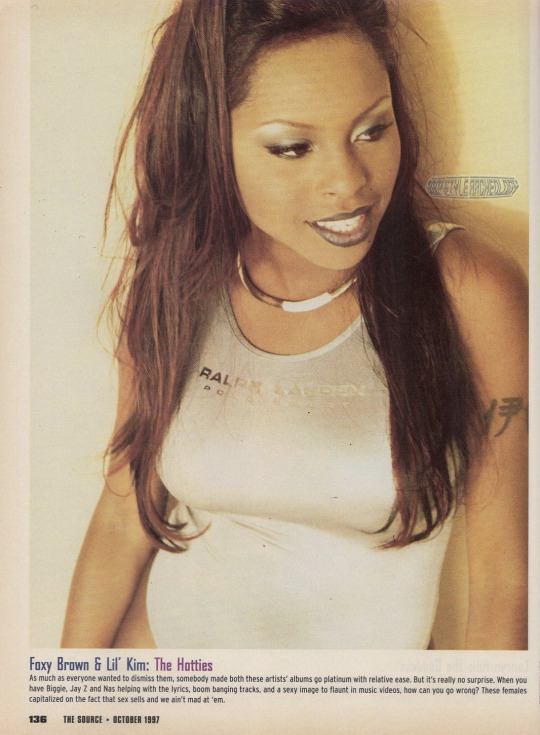


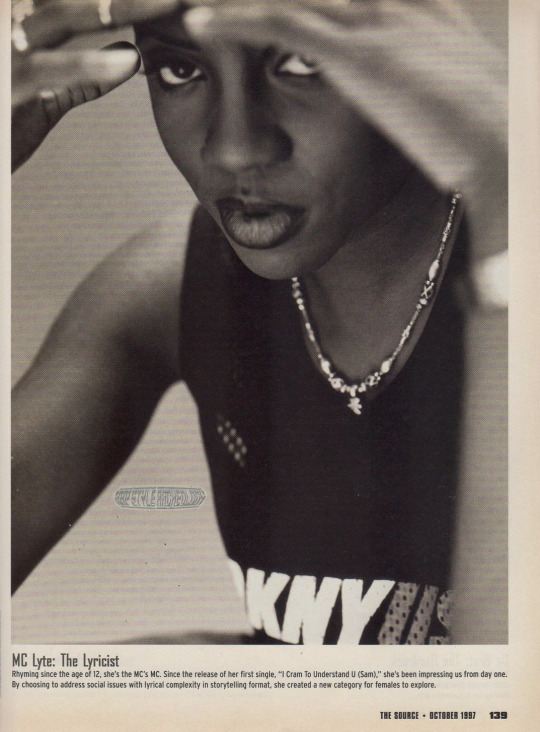


Female MC Hall of Fame
The Source Magazine (October, 1997)
scans by rap style archeology
11K notes
·
View notes
Photo


Keith Haring body painting Grace Jones in New York City, 1985.
Photos by Tseng Kwong Chi
34K notes
·
View notes





